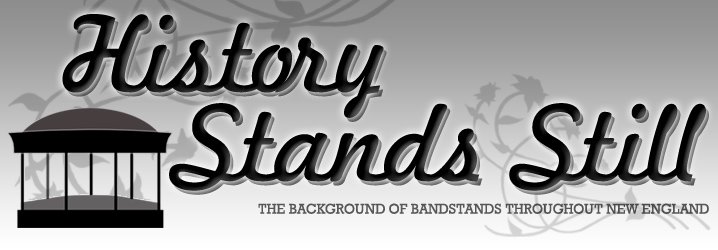BOSTON MA
Hatch Memorial Shell
Charles River Lower Basin
Built - 1940



Arthur Fiedler was a very distinguished looking, white-haired fellow with a warm but sometimes very mysterious stage presence. He will go down in history as one of Boston's best known and beloved citizens since he brought music lovers locally, and from around the world, to Boston's Hatch Shell for over 50 years. He was a remarkable conductor who led the Boston Pops Orchestra for five seasons longer than all of his 17 predecessors combined. In 1924 he initiated the idea and effort to have his own formed Boston Sinfonietta, a chamber orchestra made up of a few of the Boston Symphony's members, bring music outdoors and began a series of free concerts. In 1929, his efforts were rewarded with his first Esplanade Concert on the Charles River. He not only distinguished himself as a conductor and musician, but also as a leading citizen of Boston and received many honors.
In 1926, Boston heiress Maria E. Hatch died leaving much of her vast fortune to orphans, blind babies and the elderly. She also set aside $300,000 for Boston's "public need for a beauty spot." She clearly stated in her will that any park, playground or memorial built with this money should pay tribute to her late brother - Edward Hatch, and be open to the public. This money was eventually used to build one of the most famous music shells in the world - The Hatch Shell - on Boston's Esplanade. Maria had never married and upon her death, much of this money set aside for Boston's beautification sat untouched until the late 1930s when Paul Dever, then Attorney General, discovered it. As it turned out, the city did need a new acoustic band shell after the first one built in 1929 for Maestro Arthur Fiedler's Esplanade Concerts, had to be taken apart and stored every winter.
Hatch's money totally financed this new music shell whose proper title is the Edward A. Hatch Memorial Concertium, and was dedicated in 1940 with some of her remaining money used to add amplification in 1958. The site is an urban parkland bordered by the Storrow Drive Parkway on the east and the Charles River on the west. This Hatch Shell continued a tradition of public concerts dating to 1910 after the tract of land was developed back in 1903 by the Charles River Basin Commission. The first portable music shell was erected in 1929.
The general description of the shell structure is as follows: "Large, granite veneered, Art-Deco music shell, 40 feet high and 110 wide at the shell (160 wide at the stairs), backed by a flat roof, 1 story, facilities complex. The small, 1-story, gabled roofed, clapboarded Cafe'Esplanade and Refreshment Stand sits across a statue-perimetered infield/music oval. The concrete Fiedler Footbridge passes over Storrow Drive while a single arched masonry pedestrian bridge connects the Hatch's infield with the outer lagoon walkway." - www.state.ma.us.
The amphitheatre lawn is 2+ acres bordered by tree-lined pathways having a river frontage and a system of lagoons. The entire site includes some very spectacular spring-blooming cherry trees and is a favorite pathway for walkers, bikers and skaters.
The Hatch Shell has been used mainly for outdoor concerts, performing arts, films and the lawn frozen over for ice skating during the colder months. The Shell has also been used for numerous movie shoots over the years being one of Boston's most famous landmark. But the band shell is best known for performances by famous conductors and performers and the Boston Pops especially during the 4th of July holiday.

No comments:
Post a Comment